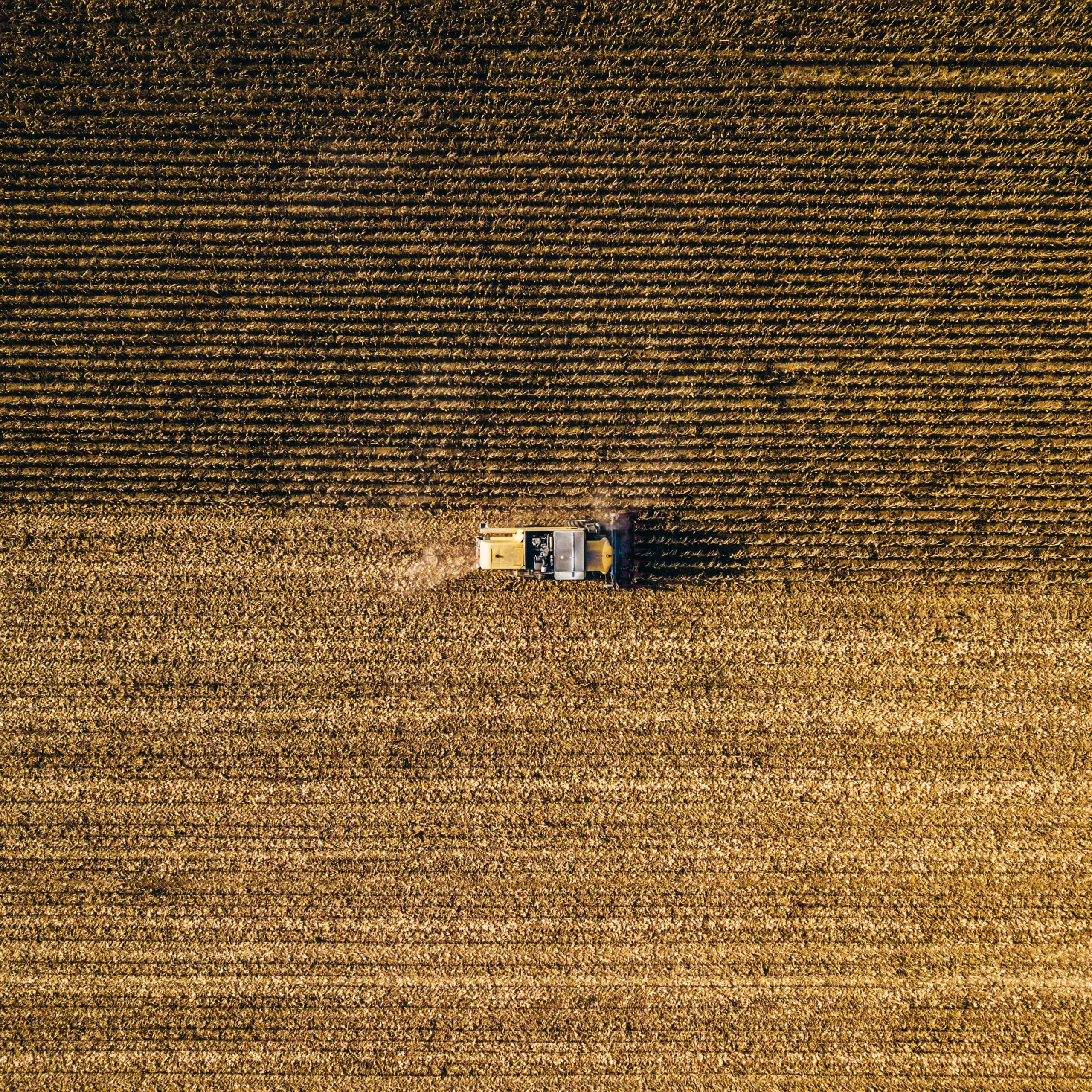
Strengthening the Economy, Health, & Climate Security through Resilient Agriculture and Food Systems
Introduction
For those who can afford to fill their fridge by clicking a button on their smartphone or walking around to the organic grocery around the corner, it is easy to forget how complex and fragile our food systems can be. However, for millions of Americans who suffer from poor health because of food insecurity, or farmers and ranchers whose yields are decreasing along with the nutrient density of their product, that fragility is felt every day. Sustainable food systems engender intricate connections and feedback loops among climate change, public health, food security, national security, and social equity. When one of these factors is overstressed, disaster can result.
COVID-19 has underscored the vulnerability of our food systems. The pandemic caused restaurants to close overnight, strained supply chains, and led to food rotting on land, in warehouses, and on shelves. Low-income and food-insecure families waited in lines that stretched for miles while producers and distributors struggled to figure out how to get supplies to those who needed them. Concurrently, generations of racial inequity and the coordinated disenfranchisement of Black, Indigenous, and other people of color (BIPOC) has crystalized as an issue that needs to be addressed at every level in our country, especially within our food and agricultural systems.
Addressing these issues—now and for the future—requires a coordinated response across sectors. Food security is deeply intertwined with public health and social equity. Un- and under- employment, the racial wealth gap, and increased financial hardships for certain communities result in increased malnutrition, obesity, metabolic diseases, and chronic illness, as well as particular susceptibility to severe impacts from COVID-19 infections during the present pandemic. The climate crisis compounds these issues. Farming practices that degrade soil health, reduce agriculture capacity, and compromise the well-being of small farms and rural communities prevent us as a nation from becoming healthier and more secure. As we look at opportunities to “build back better,” we must embrace paradigmatic shifts—fundamental restructuring of our systems that will support equitable and inclusive futures. Compounding crises require changes in not only what we do, but how we think about what we do.
A fundamental problem is that progress in modern agriculture has been implicitly defined as progress in agricultural technology (AgTech) and biotechnology. Little emphasis is placed on examining whole-systems dependencies and on how connections among soil health, gut bacteria, and antibiotic use in livestock impact human health, economic prosperity, and climate change. With such a narrow view of “innovation,” current practices will solve a handful of isolated problems but create many more.
Fortunately, alternatives are ripe for adoption. Regenerative farming, for instance, is a proven way to combat future warming while increasing the adaptive capacity of our lands, providing equitable access to food, and creating viable rural economies. Regenerative farming can also restore soil health, which in turn improves food quality while enhancing carbon sequestration and providing natural water treatment.
Transitioning away from dominant but harmful practices is not easy. The shift will require an inclusive innovation ecosystem, investors with long time horizons, new infrastructure, tailored education, economic incentives, and community safety nets. This document explores how the agricultural sector can support, and be supported by, policies that advance science, technology, and innovation while revitalizing living systems and equitable futures. We recognize that agricultural policy often overlooks interventions that are appropriately suited to advance these concepts with Black, Indigenous, people of color (BIPOC) communities and on tribal lands. To avoid this mistake, the concepts presented herein start from the ground up. We focus on the benefits of improving soil health and food security through regenerative agricultural activities, and provide examples of policies that could promote such activities in a variety of ways. Letting practice drive policy— instead of having policy dictate practice—will result in more sustainable, inclusive outcomes for all communities.
While agricultural policy can and should be shaped at the local, regional, state, and national level, this document places special emphasis on the role of the federal government. Building better food systems will require multiple government agencies, especially federal agencies, to collaboratively advance more equitable policies and practices. Most national agricultural programs are housed within the U.S. Department of Agriculture (USDA). But the interconnectedness of how we produce food and fiber (and the ways in which those practices impact our environment and nourish people) demands priority investment not only from USDA, but also from the Environmental Protection Agency, the Department of Energy, the Department of the Interior, the Department of Defense, and the Department of Health and Human Services—to name just a few. This document—based on a review of existing policy recommendations and current practice, development and refinement of new ideas, and identification of underleveraged roles and programs within the government— suggests what such investments might look like in practice.
As people wait for this catastrophic grid failure to be remedied, much of southeast Texas, which includes Houston, is enduring dangerous, extreme heat with no air conditioning amid an ongoing heatwave.
The federal government plays a critical role in scaling up heat resilience interventions through research and development, regulations, standards, guidance, funding sources, and other policy levers. But what are the transformational policy opportunities for action?
Comprehensive heat safety standards are essential to mitigate the impacts of climate change on farmworkers and ensure the sustainability and resilience of agricultural operations.
Public deliberation, when performed well, can lead to more transparency, accountability to the public, and the emergence of ideas that would otherwise go unnoticed.